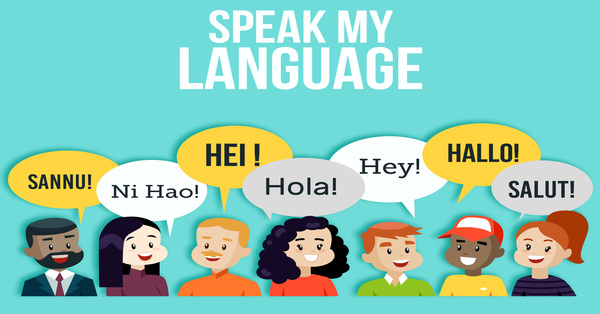Bilingual education, the practice of teaching students in two languages, has garnered significant attention in recent years. This educational approach is not just about mastering two languages but also about enhancing cognitive abilities, cultural awareness, and global competitiveness. Let's delve into the manifold benefits of bilingual education and understand why it's a valuable asset in today's interconnected world.
Cognitive Advantages
One of the most compelling benefits of bilingual education is the cognitive boost it provides. Studies have shown that bilingual individuals often exhibit improved executive functions, such as problem-solving, multitasking, and attention control. Learning two languages from a young age enhances brain plasticity, leading to better memory, creativity, and critical thinking skills. These cognitive advantages extend beyond language tasks, positively impacting academic performance in subjects like mathematics and science.
Enhanced Academic Performance
Bilingual education has been linked to higher academic achievement. Students in bilingual programs tend to outperform their monolingual peers in various standardized tests. This can be attributed to the improved cognitive functions mentioned earlier. Additionally, learning in two languages enhances literacy skills, as students become adept at understanding and manipulating the structure and vocabulary of both languages. This dual-language proficiency fosters a deeper understanding of language mechanics, which translates into better reading and writing skills.
Cultural Awareness and Empathy
Bilingual education promotes cultural awareness and empathy by exposing students to diverse perspectives. Understanding and appreciating different cultures fosters open-mindedness and tolerance. In a bilingual classroom, students learn about various traditions, customs, and worldviews, which enriches their educational experience and prepares them to navigate a multicultural world. This cultural competence is invaluable in building harmonious communities and promoting global citizenship.
Economic Opportunities
In an increasingly globalized economy, bilingualism is a significant asset. Proficiency in multiple languages opens up a plethora of job opportunities in various fields such as international business, diplomacy, tourism, and translation services. Companies often seek bilingual employees to communicate with clients and partners in different countries, giving bilingual individuals a competitive edge in the job market. Moreover, bilingualism is associated with higher earning potential, as employers recognize the value of employees who can bridge language barriers and facilitate cross-cultural communication.
Social and Emotional Benefits
Bilingual education also offers social and emotional benefits. Learning a second language requires perseverance and discipline, which builds resilience and a growth mindset. Bilingual students often display higher self-esteem and confidence, as they successfully navigate the challenges of mastering two languages. This self-assurance extends to social interactions, where bilingual individuals can connect with a broader range of people, fostering friendships and professional networks across linguistic and cultural boundaries.
Delaying Cognitive Decline
Research suggests that bilingualism may delay the onset of cognitive decline and conditions such as Alzheimer's disease. The mental agility required to switch between languages and manage two linguistic systems appears to strengthen the brain, providing a cognitive reserve that can protect against age-related cognitive impairments. This long-term benefit highlights the enduring value of bilingual education beyond the formative years.
Practical Implementation of Bilingual Education
Implementing effective bilingual education programs requires careful planning and resources. Schools need to adopt curricula that integrate both languages seamlessly, ensuring that students receive a balanced and comprehensive education. Teachers play a crucial role in this process, necessitating professional development to equip them with the skills to teach bilingually. Parental involvement is also essential, as support from home can reinforce language learning and cultural appreciation.
Various models of bilingual education exist, ranging from dual-language immersion programs, where instruction is split between two languages, to transitional bilingual programs, which gradually transition students to English-only instruction. Each model has its strengths and can be tailored to the specific needs of the student population.
Challenges and Considerations
Despite its numerous benefits, bilingual education faces challenges. One significant hurdle is the shortage of qualified bilingual teachers. Recruiting and retaining educators who are proficient in both languages and skilled in bilingual teaching methods is critical for the success of these programs. Additionally, there can be resistance from stakeholders who fear that bilingual education might detract from English proficiency or academic achievement. Addressing these concerns requires clear communication of the benefits and empirical evidence supporting bilingual education.
Conclusion
Bilingual education is a powerful tool that offers a wealth of cognitive, academic, cultural, economic, and social benefits. As our world becomes increasingly interconnected, the ability to communicate and understand multiple languages is more valuable than ever. By investing in bilingual education, we are not only enhancing individual potential but also fostering a more inclusive and globally aware society. Embracing bilingualism in our educational systems is a step towards unlocking a world of opportunities for future generations.



add comment
please login to add or edit your comment
login nowpost comments
no comments added yet!